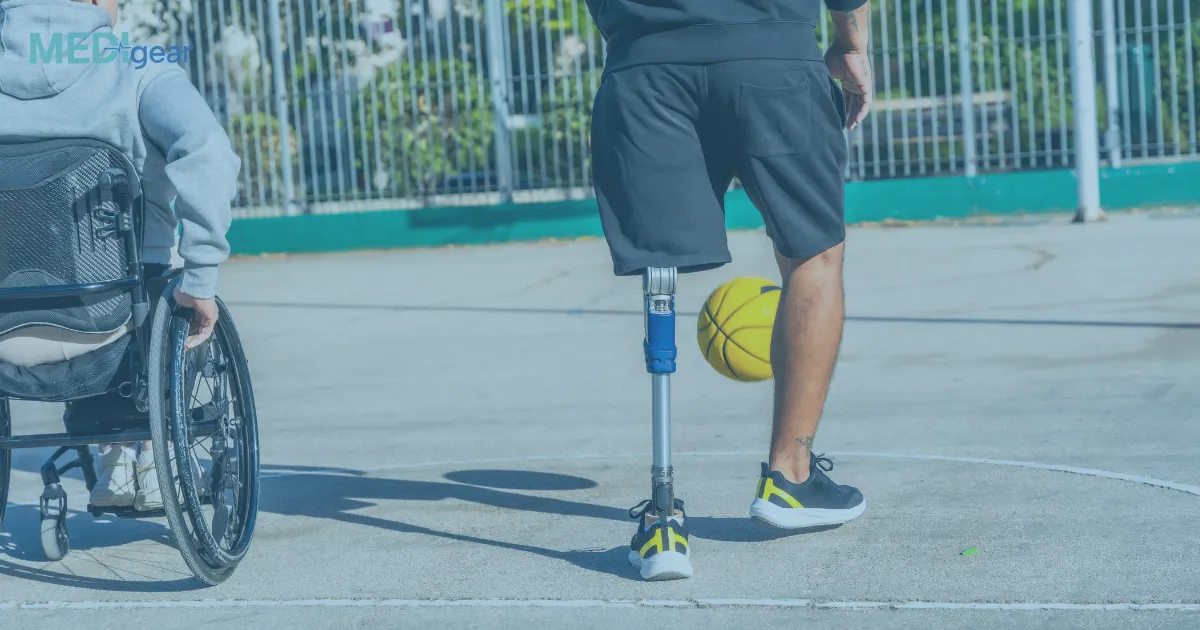Laser-Assisted In Situ Keratomileusis (LASIK) is one of the most widely performed and effective procedures for correcting refractive vision errors such as myopia (nearsightedness), hyperopia (farsightedness), and astigmatism. Over the past two decades, LASIK has revolutionized eye care, offering millions of people clear vision without the dependence on glasses or contact lenses.
This blog explores how LASIK works, its major benefits, and why it remains one of the safest and most reliable eye surgeries today.
1. How LASIK Works
LASIK uses a precision laser system to reshape the cornea, the transparent front surface of the eye, to improve how light is focused onto the retina.
The procedure involves three key steps:
- Creation of a Corneal Flap: A femtosecond laser or microkeratome gently creates a thin flap on the corneal surface.
- Reshaping the Cornea: An excimer laser precisely removes microscopic layers of corneal tissue to correct the refractive error.
- Flap Repositioning: The flap is carefully placed back into position, where it naturally adheres without stitches.
The entire process typically takes less than 15 minutes per eye, with vision improvement noticeable within 24–48 hours.
2. Key Benefits of LASIK Surgery
a. Rapid Vision Correction
Most patients experience immediate visual improvement after surgery, with stabilized results within a few days. Many achieve 20/25 vision or better, significantly reducing dependence on corrective lenses.
b. Long-Lasting Results
LASIK permanently reshapes the cornea to correct refractive errors. In the majority of cases, the results are stable and durable for years, with minimal need for retreatment.
c. Quick Recovery Time
Unlike traditional surgeries, LASIK involves minimal discomfort and rapid healing. Most patients return to normal activities — including work and driving — within 24–48 hours.
d. Freedom from Glasses and Contacts
One of the greatest advantages is the independence from corrective eyewear. For active individuals, athletes, and professionals, LASIK eliminates the inconvenience of lenses fogging, slipping, or drying out.
e. Enhanced Visual Precision and Clarity
Modern laser systems use wavefront-guided and topography-guided technology, allowing for highly customized treatment that corrects even subtle visual aberrations — resulting in sharper, more accurate vision.
f. Minimal Pain and Discomfort
The procedure is performed under topical anesthetic eye drops, ensuring that the patient feels little to no pain. Temporary sensations like mild dryness or light sensitivity resolve quickly.
g. Improved Self-Confidence and Lifestyle Convenience
Better unaided vision translates to greater self-confidence, especially for individuals reliant on eyewear for daily tasks. Activities such as swimming, traveling, or exercising become more convenient and enjoyable.
h. Proven Safety and Success Rates
LASIK is among the most studied surgical procedures worldwide, with a success rate of over 96% and high patient satisfaction.
Advances in laser precision, eye-tracking systems, and corneal mapping have made LASIK safer than ever before.
3. Additional Clinical Advantages
- Customizable Correction: Personalized laser profiles can address unique corneal shapes.
- Predictable Outcomes: Real-time eye tracking ensures accuracy even with small eye movements.
- Minimal Scarring: The corneal flap heals smoothly, maintaining optical clarity.
- Reduced Risk of Infection: No stitches are required, and healing occurs naturally.
4. Who Can Benefit from LASIK
LASIK is ideal for adults aged 18–45 with stable vision and good overall eye health. Candidates typically include individuals with:
- Myopia (–1.00 to –8.00 diopters)
- Hyperopia (up to +4.00 diopters)
- Astigmatism (up to 5.00 diopters)
However, LASIK may not be suitable for patients with:
- Thin or irregular corneas
- Severe dry eye disease
- Unstable refractive errors
- Corneal diseases (e.g., keratoconus)
- Autoimmune or systemic conditions that affect healing
A comprehensive preoperative evaluation by an ophthalmologist is essential to determine candidacy.
5. Potential Risks and Considerations
While LASIK is highly successful, like any surgical procedure, it carries some risks:
- Temporary dry eyes or light sensitivity
- Halos or glare at night (typically resolve over time)
- Minor risk of over- or under-correction
- Rare complications involving the corneal flap or infection
Modern technology has reduced the occurrence of these issues significantly, and most are manageable with short-term care.
6. LASIK vs. Other Vision Correction Options
|
Feature |
LASIK |
PRK (Photorefractive Keratectomy) |
SMILE (Small Incision Lenticule Extraction) |
|
Recovery Time |
1–2 days |
5–7 days |
2–3 days |
|
Discomfort |
Minimal |
Moderate |
Minimal |
|
Corneal Flap |
Yes |
No |
No |
|
Precision |
Excellent |
High |
Excellent |
|
Best For |
Mild to moderate refractive errors |
Thin corneas |
Active lifestyles |
LASIK remains the most popular choice due to its balance of precision, comfort, and rapid recovery.
7. The Future of LASIK and Vision Correction
Advances in femtosecond laser technology and AI-guided refractive mapping are making LASIK more precise and customized than ever before. Future innovations aim to further enhance predictability, safety, and long-term corneal stability, potentially expanding eligibility for more patients.
Conclusion
Laser eye surgery (LASIK) has become a cornerstone of modern ophthalmology — offering safe, effective, and lasting vision correction for millions worldwide.
With its rapid recovery, minimal discomfort, and life-changing clarity, LASIK continues to empower individuals to see the world clearly, confidently, and without dependence on glasses or contacts.
If you are considering LASIK, consult an experienced ophthalmologist to evaluate your suitability and understand the benefits specific to your vision needs.
Disclaimer:
This article is for educational and informational purposes only. It should not be used as medical advice. Always consult a qualified ophthalmologist for personalized assessment and treatment recommendations.






